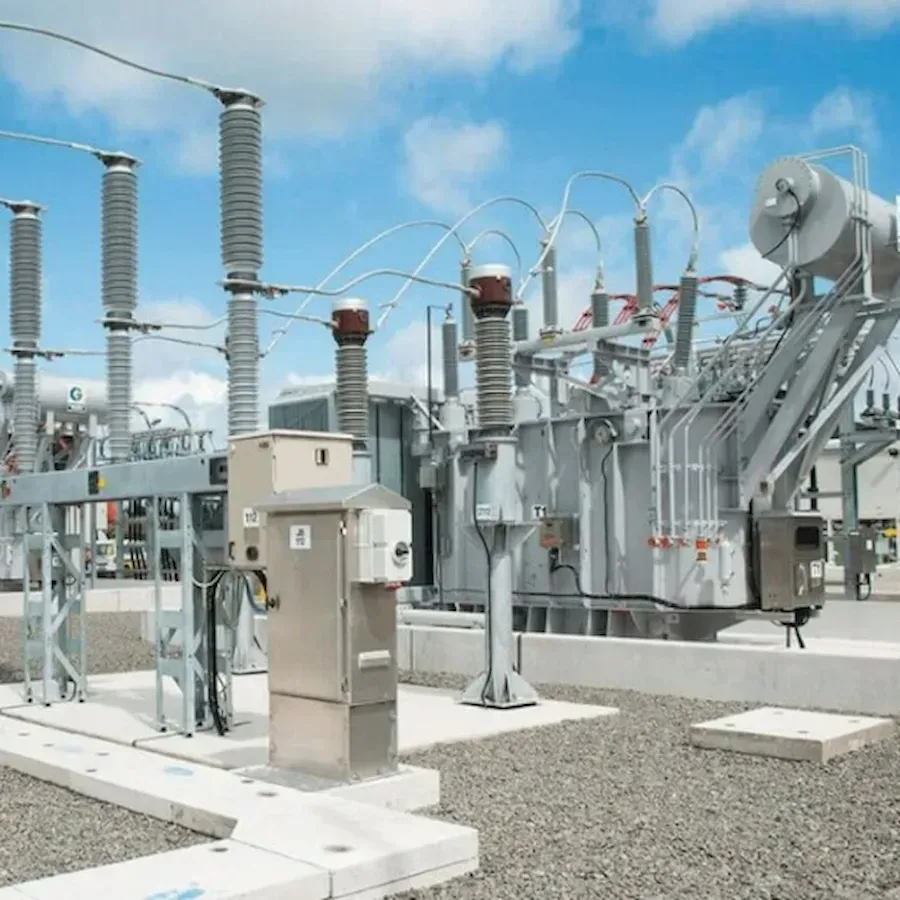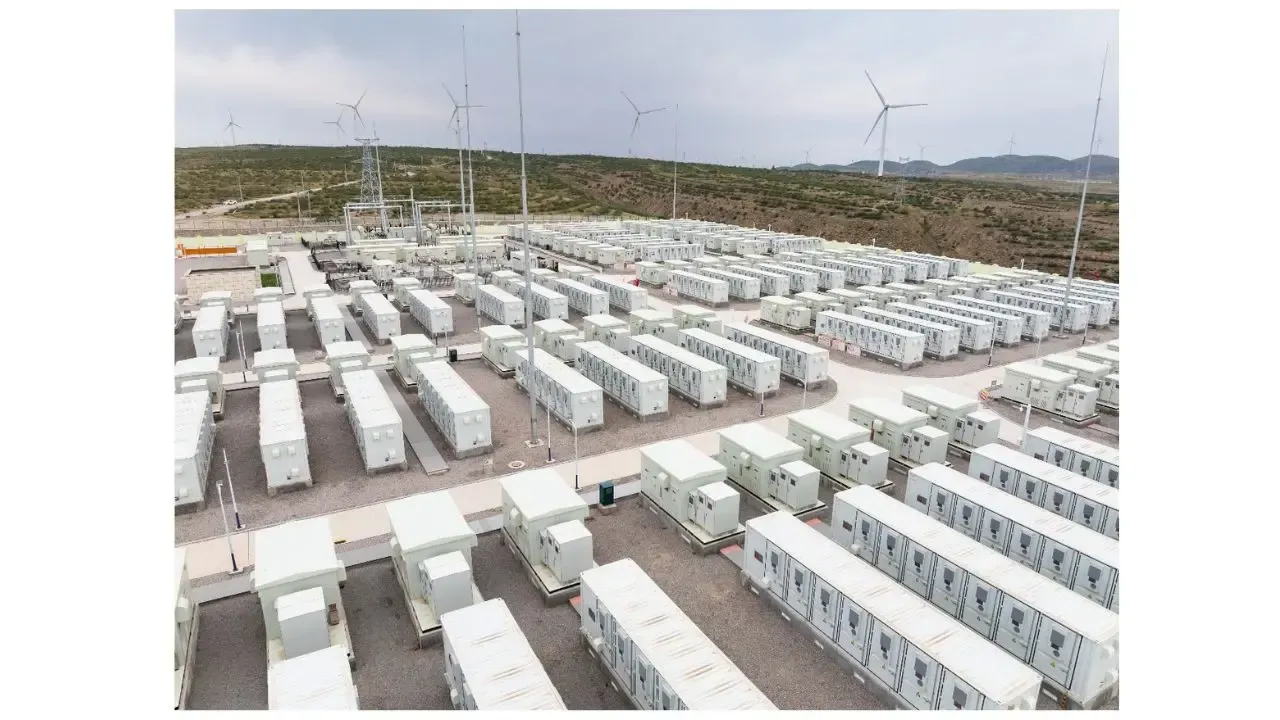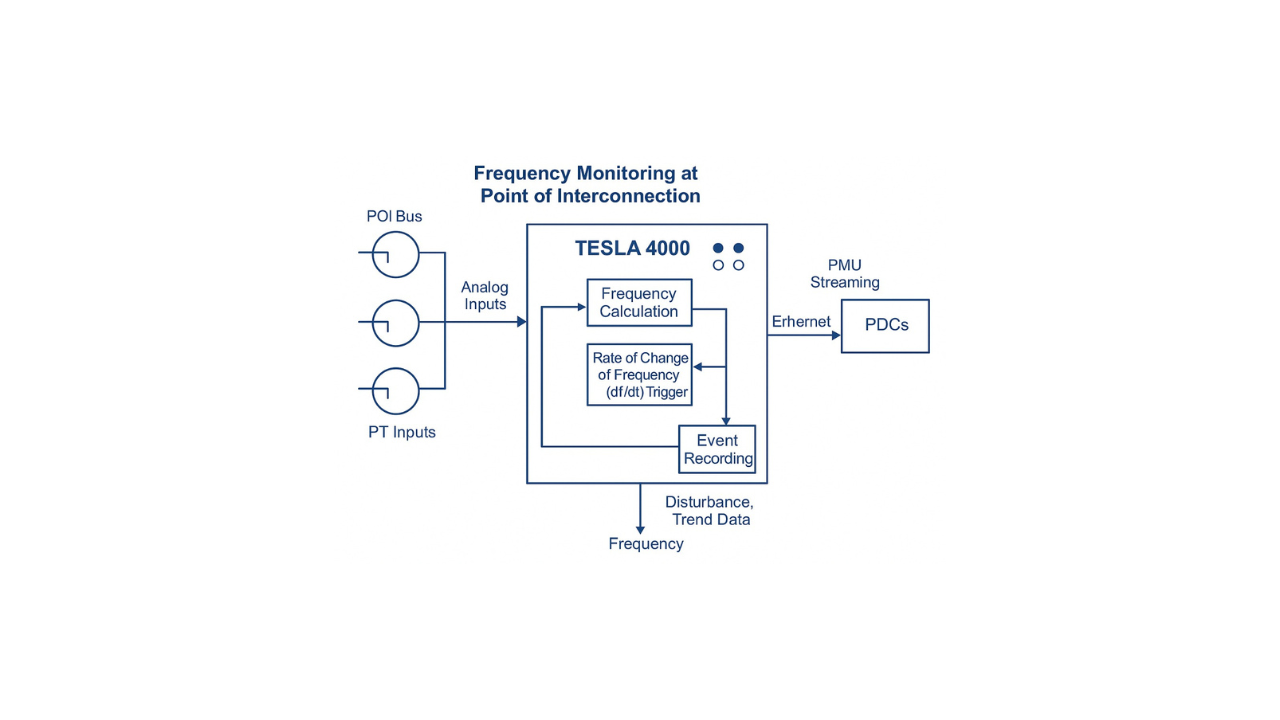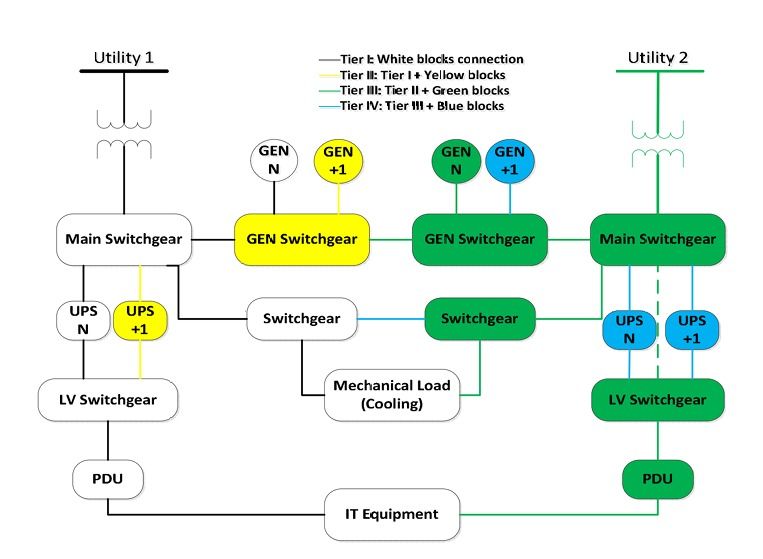A Coordinated Electric System Interconnection Review—the utility’s deep-dive on technical and cost impacts of your project.
Challenge: Frequent false tripping using conventional electromechanical relays
Solution: SEL-487E integration with multi-terminal differential protection and dynamic inrush restraint
Result: 90% reduction in false trips, saving over $250,000 in downtime
Navigating OSHA 269 Transient Overvoltage (TOV) Requirements: Engineering Analysis and Mitigation Strategies
May 10, 2025 | Blog
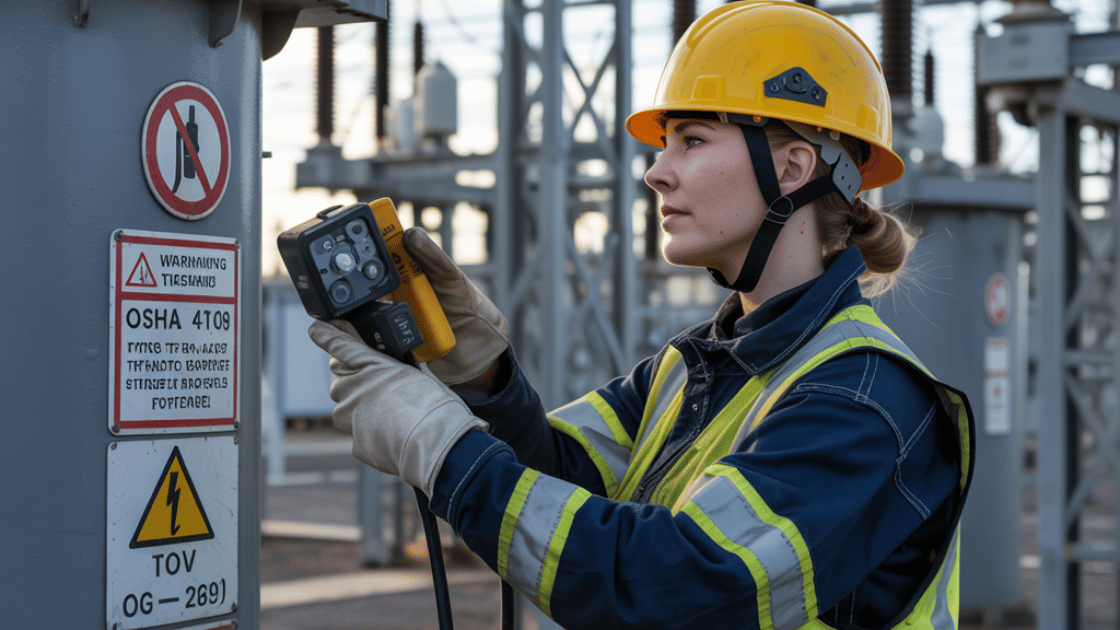
The Occupational Safety and Health Administration’s updated 29 CFR §1910.269 regulations on transient overvoltage (TOV) have reshaped how utilities define Minimum Approach Distances (MAD) for systems above 72.5 kV. Since the update took effect on January 31, 2016, utilities must either assume OSHA’s default conservative TOV values or conduct a customized engineering analysis to determine actual TOV magnitudes
At Keentel Engineering, we specialize in conducting these studies using PSCAD or EMTP-RV to help utilities maintain safe yet practical MADs while ensuring full OSHA compliance.
Understanding the OSHA 269 Mandate
Under the revised OSHA 269 standard:
- Employers must assume default TOV values from Table V-8 or
- Conduct an engineering study to determine actual TOV magnitudes.
This change affects all transmission and distribution facilities over 69 kV, significantly impacting arc flash boundaries, personal protective equipment (PPE) requirements, and overall electrical safety strategies.
Why Engineering Analysis Matters
Utilities conducting site-specific TOV simulations can often achieve lower, more realistic MADs, helping maintain workflow efficiency without compromising safety. Key elements modeled in EMTP-RV/PSCAD include:
- System topology and line parameters
- Mutual coupling and line capacitance
- Network equivalents and boundary conditions
Such studies provide critical data that allows utilities to challenge OSHA’s default 3.5 p.u. assumptions with verifiable results.
Real-World Impact on Safety and Operations
Using conservative OSHA values, MADs can exceed 16 feet for 500 kV systems. These distances pose not only operational challenges but also risk misalignment with arc flash boundaries. Since MADs affect arc flash risk categories and PPE selection, a unified safety approach—backed by engineering simulation—is essential.
Simulation Parameters That Matter
Accurate modeling involves simulating
- SLG (Single-Line-to-Ground) faults
- DLG (Double-Line-to-Ground) faults
- Line de-energization and reclosing sequences
TOVs frequently peak during reclosing, especially if trapped charge from previous operations is not adequately dissipated.
Mitigation Options for OSHA 269 Compliance
Once simulations reveal peak TOV values, utilities can implement:
- Surge arresters strategically placed to clamp voltage
- Pre-insertion resistors to limit inrush during reclosing
- Disabling high-speed reclosing (after verifying system stability)
- Transmission upgrades as a long-term measure
Each solution must be customized to the utility’s network and verified via simulation to ensure compliance and performance.
Conclusion
To remain compliant and efficient, utilities must integrate OSHA 269 into a proactive safety strategy. Leveraging detailed TOV studies helps Keentel Engineering deliver customized, compliant, and cost-effective transmission safety solutions.
For support with simulation and compliance, explore our Power System Studies Services to see how we conduct real-world modeling for utilities.
FAQs & Answers Related to OSHA 269
What does OSHA 269 regulate?
It regulates Minimum Approach Distances (MAD) to energized equipment in transmission systems above 72.5 kV and includes Transient Overvoltage (TOV) compliance considerations.
What is TOV?
Transient Overvoltage (TOV) is a short-duration high-voltage surge, typically caused by system faults or switching operations in power grids.
What are the consequences of using default OSHA TOV values?
Default OSHA values can inflate MADs by up to 50%, leading to reduced work efficiency and field-level operational challenges.
How can a utility reduce MAD under OSHA 269?
By conducting a site-specific engineering analysis using simulation tools like PSCAD or EMTP-RV.
What software is recommended for TOV studies?
PSCAD and EMTP-RV are the industry standards for performing accurate TOV and arc flash simulations.
How does TOV impact arc flash studies?
OSHA requires arc flash boundaries to align with MAD. Therefore, higher TOVs result in larger required PPE and safety distances.
What is MAD?
Minimum Approach Distance refers to the OSHA-regulated safe distance between a worker and energized high-voltage components.
When did the OSHA 269 updates go into effect?
The updates became enforceable on January 31, 2016.
What voltages are most affected?
Systems rated above 230 kV, particularly 500 kV lines, are most impacted by TOV-related MAD increases.
What’s the formula for arc distance?
Arc distance can be approximated as: MAD – (2 × kV ÷ 10).
How is shunt conductance relevant?
Shunt conductance affects TOV simulation outcomes due to its role in leakage current behavior across insulation and air gaps.
Where should voltage measurements be taken in a TOV study?
Key locations include: local substations, remote substations, and at ⅓, ½ (midpoint), and ⅔ points along the transmission line.
What causes the highest TOV values?
The most severe TOV spikes typically occur during high-speed reclose events after fault clearance, especially when residual charges persist.
Why is system topology important?
Simplified models can underestimate TOV by ignoring nearby line capacitances or interconnected bus effects — full network topology is essential.
What is the effect of 3.55 p.u. TOV at 500 kV?
Such a peak TOV requires MADs over 16 feet, creating major challenges for field teams operating near energized infrastructure.
What are examples of TOV mitigation?
Common mitigation strategies include pre-insertion resistors, surge arrestors, and disabling high-speed reclosing under specific conditions.
Is a full network model needed?
Yes. A looped network model better captures energy pathways and fault behavior, improving TOV accuracy.
Can removing high-speed reclosing help?
Yes, but only if validated using a dynamic stability simulation to ensure it won’t destabilize the grid.
Does arc flash PPE change with MAD?
Yes. A closer MAD requires workers to use higher-rated arc flash PPE based on OSHA 269 specifications.
How long do TOV events last?
TOV events are typically brief — ranging from microseconds to milliseconds.
What is a typical high TOV value in simulation?
Values of up to 3.55 per unit (p.u.) have been observed in advanced simulations.
What’s the OSHA assumption if no analysis is done?
If no site-specific study is performed, OSHA applies fixed TOV values — for example, 3.0 p.u. for 500 kV systems.
How are MADs derived from TOV?
Using OSHA Table 13, which converts per-unit TOV values into distance requirements for worker safety.
How often should TOV analysis be updated?
TOV studies should be revised whenever system topology, grid configuration, or critical equipment changes.
How does Keentel help with OSHA compliance?
Keentel Engineering offers TOV simulation, arc flash study alignment, and full MAD mitigation engineering services for utilities.
Keentel Case Studies: OSHA 269 TOV Compliance in Action
Our field-tested engineering solutions have helped utilities across North America achieve OSHA 269 compliance while maintaining operational efficiency. Below are real-world examples demonstrating how Keentel Engineering addresses TOV challenges, optimizes MAD, and enhances safety protocols.
Case Study 1: 500 kV Transmission System – SLG Fault with 30-Cycle Reclose
Issue: A transient overvoltage (TOV) event peaked at 3.55 per unit (p.u.), exceeding OSHA’s threshold and inflating the minimum approach distance (MAD).
Action: Keentel disabled high-speed reclosing and performed a dynamic stability study to validate safe reclosing parameters.
Result: TOV was reduced to below 2.5 p.u., and MAD was safely restored within operational limits without compromising grid integrity.
Case Study 2: 230 kV Line – Double-Line-to-Ground (DLG) Fault
Issue: OSHA’s default MAD exceeded existing utility standards by 30%, raising safety and productivity concerns.
Action: A full EMTP-RV network model simulation was conducted, accurately capturing system behavior during fault scenarios.
Result: MAD was recalculated using a verified 2.1 p.u. TOV, enabling continued field work without capital reinvestment.
Case Study 3: Rural Utility – Surge Arrestor Optimization
Issue: Repeated switching events caused TOV spikes that breached compliance margins.
Action: Keentel installed surge arrestors at both ends of a long transmission line and ran a series of site-specific TOV simulations.
Result: TOV dropped from 3.2 p.u. to 2.0 p.u., maintaining a safe 9.2 ft MAD under OSHA guidelines.
Case Study 4: Urban Substation – Misaligned Arc Flash and TOV Analysis
Issue: An outdated arc flash study used MAD values inconsistent with TOV risk, creating potential worker exposure issues.
Action: Both arc flash boundaries and TOV simulations were updated and aligned using modern tools like PSCAD.
Result: Revised PPE requirements and MAD values ensured safety compliance and minimized operational risk.
Case Study 5: Investor-Owned Utility – Incomplete Network Modeling
Issue: A partial model failed to predict actual TOV behavior during automatic reclosing events.
Action: Keentel developed a closed-loop PSCAD model with realistic shunt conductance and network topology.
Result: Accurate modeling revealed a TOV peak of 2.42 p.u., prompting updates to work procedures and crew training.
Case Study 6: 138 kV Line – Challenging Conservative Assumptions
Issue: The default OSHA 3.5 p.u. assumption resulted in an impractical MAD that restricted field activities.
Action: A customized TOV simulation was run using detailed line and system data.
Result: The actual TOV was 1.9 p.u., reducing MAD by over 40% and aligning safety standards with realistic conditions.
See OSHA’s 29 CFR 1910.269 regulation on MAD and TOV for technical compliance guidelines.
TOV Compliance and Your Utility’s Safety Strategy
Complying with OSHA 269 requires more than paperwork—it demands engineering expertise, real-world modeling, and proactive mitigation planning. At Keentel Engineering, we help utilities:
- Reduce MAD using certified PSCAD/EMTP-RV studies
- Align arc flash boundaries and PPE strategies
- Optimize operations without compromising safety
Explore Our Power System Studies | View Substation Design Services | Learn About Our NERC Compliance Support
Ready to Optimize Your OSHA 269 Compliance Strategy?
Keentel Engineering specializes in transient overvoltage (TOV) simulations, MAD reduction, arc flash coordination, and site-specific mitigation strategies.
Explore our Engineering Services or Contact Us today to speak with our experts.

About the Author:
Sonny Patel P.E. EC
IEEE Senior Member
In 1995, Sandip (Sonny) R. Patel earned his Electrical Engineering degree from the University of Illinois, specializing in Electrical Engineering . But degrees don’t build legacies—action does. For three decades, he’s been shaping the future of engineering, not just as a licensed Professional Engineer across multiple states (Florida, California, New York, West Virginia, and Minnesota), but as a doer. A builder. A leader. Not just an engineer. A Licensed Electrical Contractor in Florida with an Unlimited EC license. Not just an executive. The founder and CEO of KEENTEL LLC—where expertise meets execution. Three decades. Multiple states. Endless impact.
Services

Let's Discuss Your Project
Let's book a call to discuss your electrical engineering project that we can help you with.

About the Author:
Sonny Patel P.E. EC
IEEE Senior Member
In 1995, Sandip (Sonny) R. Patel earned his Electrical Engineering degree from the University of Illinois, specializing in Electrical Engineering . But degrees don’t build legacies—action does. For three decades, he’s been shaping the future of engineering, not just as a licensed Professional Engineer across multiple states (Florida, California, New York, West Virginia, and Minnesota), but as a doer. A builder. A leader. Not just an engineer. A Licensed Electrical Contractor in Florida with an Unlimited EC license. Not just an executive. The founder and CEO of KEENTEL LLC—where expertise meets execution. Three decades. Multiple states. Endless impact.
Leave a Comment
We will get back to you as soon as possible.
Please try again later.
Related Posts


